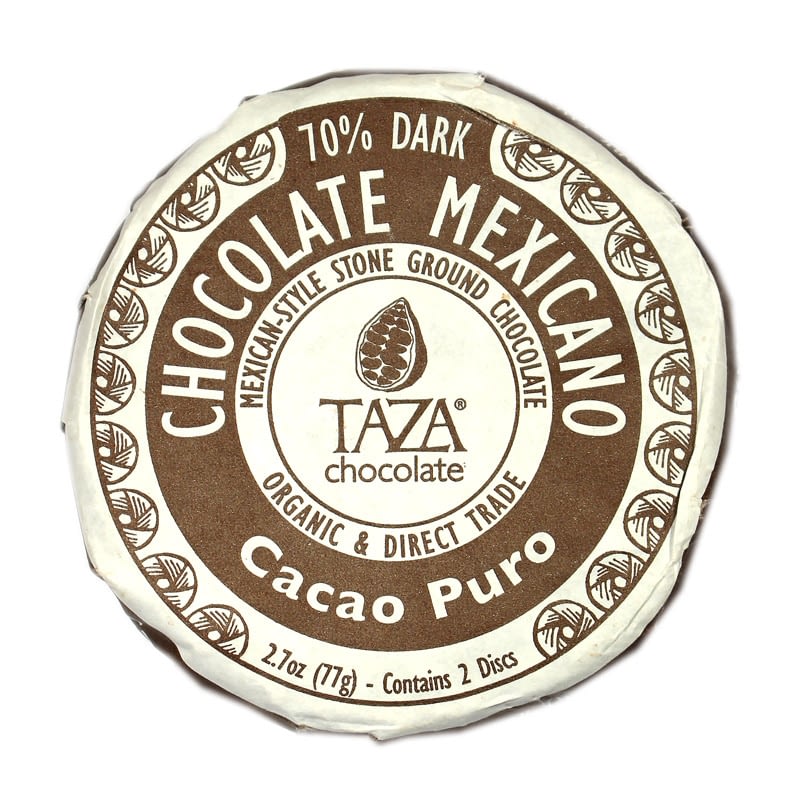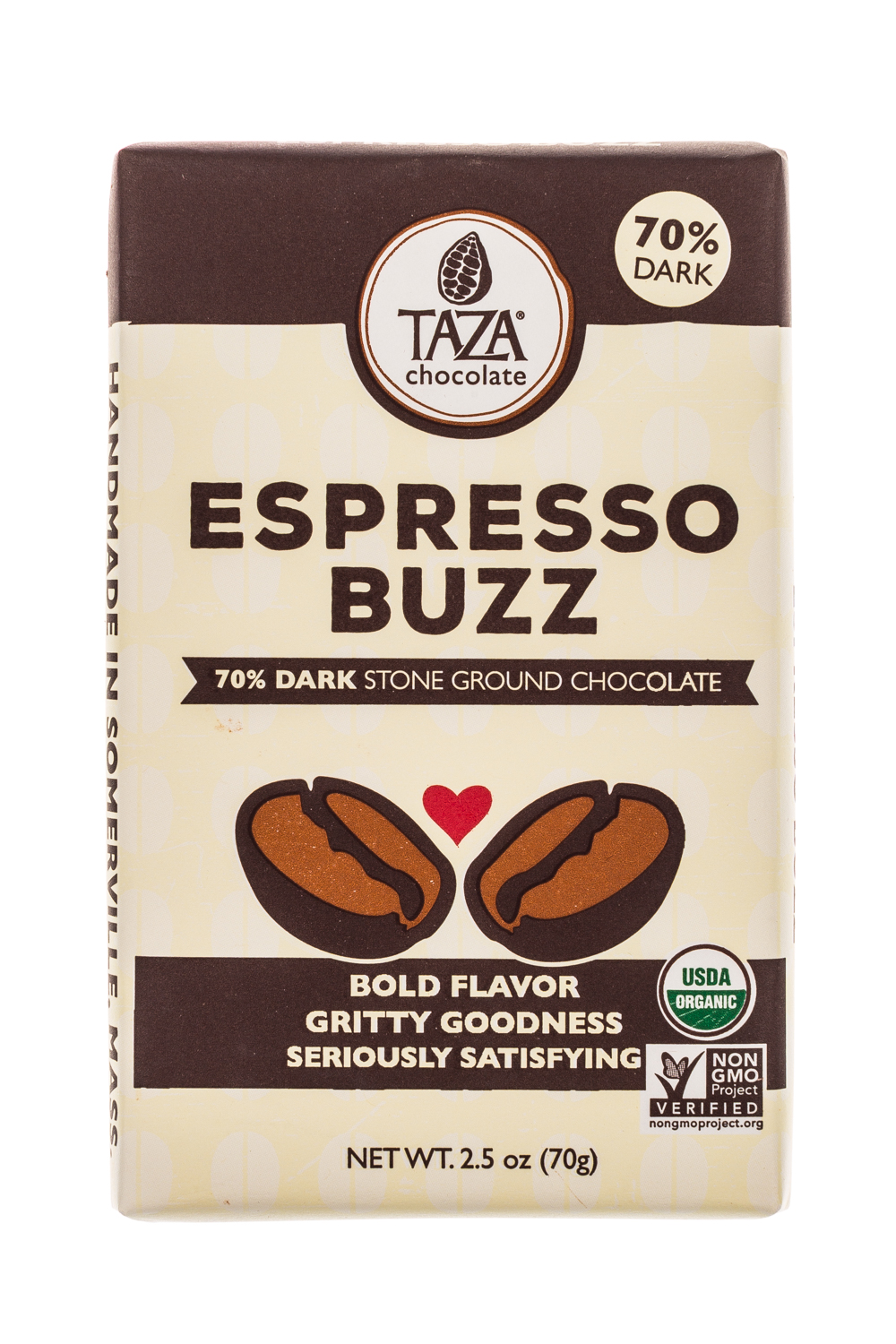


Farmer profiles are one portion of the information provided. (profile list updates each year) The profile goes into detail about each farm, including how many farmers are employed and describing the relation with these farm systems.įittingly, the report is a Direct Trade Transparency Report.

Their last report includes farms in the Dominican Republic, Haiti, and Ghana. There is a direct interaction with farmers, and files for each of the farming partners can be found on the company website in a report. The most noticeable transparency is their relationship with the farmers. An emphasis on upfront dialogue is used in big and small ways. In Taza Chocolate operations, they consistently blend transparency efforts. You’ll see “…seriously good and fair for all” is the stance on their initiative, and is actually a repeated notion on their website. Only Certified USDA Organic cacao is used for production in their bean-to-bar chocolate factory. According to Taza Chocolate, they pay no less than $2,800 per metric ton for cacao. The premium is at least $500 above the market price, giving farmers a 15-20% premium. Taza pays a premium above the Fair Trade minimum to ensure a fair and excellent experience for the farmers, company, and supporters who consume their product. “We created the chocolate industry’s first third-party certified Direct Trade cacao sourcing program, to ensure quality and transparency for all.” Maintaining this relationship is their number one commitment in the five commitments they make for their Direct Trade Program. They also make it a priority to meet face-to-face with their partners in their respective lands. Taza Chocolate chooses to work with farmers who “respect the environment and fair labor practices”. The official chocolate factory is based in Somerville, MA, but the company operates with their Taza Trade Direct approach, meaning no middleman is used. Taza Chocolate turns ethically sourced cacao into stone ground chocolate to bring a bold taste, which Taza Chocolate describes as “rustic intensity”. The company produces chocolate products through direct partnerships with farmers. In today’s post, we’ll look into food industry social enterprise Taza Chocolate leveraging transparency. This post is an outside observation of a company for inspiration in social enterprise initiative improvements. The term “anchor method” is to express the intentional and grounded nature of the approaches propelling a social enterprise forward. Together, we’ll be profiling interesting social enterprises to discuss an anchor method in their strive for social good. Everything flows from your approach, and identifying a proper method helps you effectively fulfill your team’s initiative. Within social enterprise, methods you choose in establishing core values are the base of your operations. To learn more about how and for what purposes Amazon uses personal information (such as Amazon Store order history), please visit our Privacy Notice.Welcome to our first method profile on Taza Chocolate. You can change your choices at any time by visiting Cookie Preferences, as described in the Cookie Notice. Click ‘Customise Cookies’ to decline these cookies, make more detailed choices, or learn more. Third parties use cookies for their purposes of displaying and measuring personalised ads, generating audience insights, and developing and improving products.

This includes using first- and third-party cookies, which store or access standard device information such as a unique identifier. If you agree, we’ll also use cookies to complement your shopping experience across the Amazon stores as described in our Cookie Notice. We also use these cookies to understand how customers use our services (for example, by measuring site visits) so we can make improvements. We use cookies and similar tools that are necessary to enable you to make purchases, to enhance your shopping experiences and to provide our services, as detailed in our Cookie Notice.


 0 kommentar(er)
0 kommentar(er)
